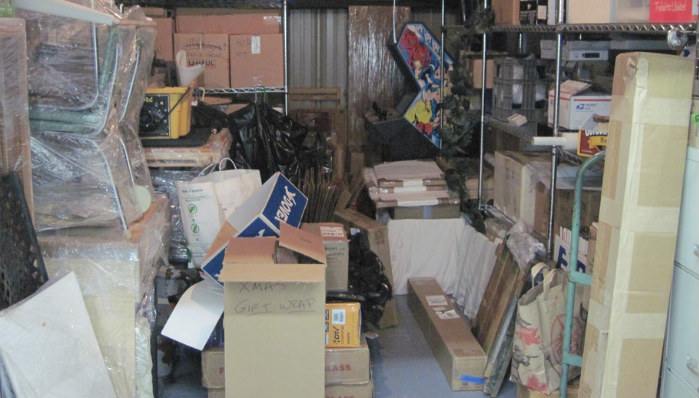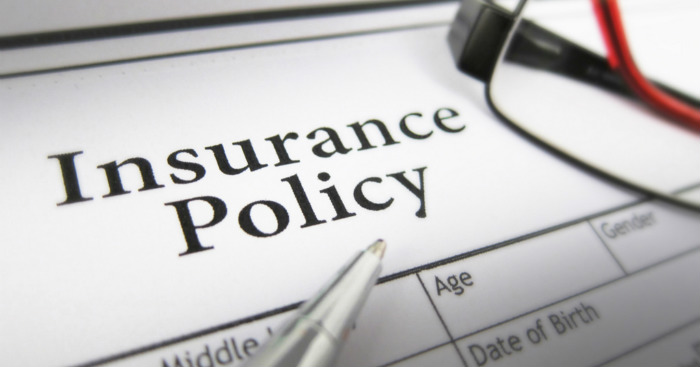Whether you’re in need of a place to store your belongings due to redecorating, moving home, or something else entirely, there’s a right way and a wrong way when it comes to putting items into storage.
Moving into a storage unit can be a convenient and cost-effective solution for many reasons, such as selling your home, renovating your property, or downsizing to a smaller space.
However, there are some things you need to consider before you pack up your belongings and store them away. Moving into a storage unit can be a smooth and stress-free process if you follow these tips and plan.
How To Choose A Storage Unit
Once you have decided that moving into a storage unit is right for you, you need to consider how to choose a storage unit to ensure you get one that meets all of your needs.
Location
You’ll obviously want to try and keep the storage unit close to either where you live now, or where you expect to live when you take things out of storage again.
That will make it easy for you to get access to your belongings when you need them.
Selling A Property? FREE Step-By-Step Platform
Security
Most good storage facilities will have high-security fencing around them, good quality locks and doors, and alarms & CCTV running 24/7. Some may also have on-site security guards and areas restricted by key code locks.
The level of security you need will very much depend on the value of the items you are storing, so only pay more for higher security if you need it.
Size Options

Not all storage facilities offer the exact same sized units. You may find some facilities offer sizes that more exactly fit the size you need and therefore avoid you having to pay for space you’re not using.
Of course, judging the amount of space you need is tricky and if in doubt, it’s always better to go for slightly larger than you think you need. However, it is worth speaking to the storage facility to find out what happens if you need a larger unit than you thought.
They may be able to upgrade you to a larger unit or provide an additional unit at a reduced charge.
Access
Think about when you are likely to need access to your belongings. Most storage units will allow access 7 days a week, but some have specific opening times you need to stick to.
If these opening times don’t align with when you are likely to need access, look for another unit.
Think also about access in terms of how close you can park a car or van to your exact unit, so you can get a good idea how easy it will be to move items back and forth.
Indoor/Outdoor
Some storage units are inside, some are outside. Both have their own advantages and disadvantages.
For example, indoor units mean you don’t have to worry as much about you or your belongings getting wet, but they may mean you have to carry items further from the nearest spot you can park a car or van.
Outdoor units have the advantage of usually being able to pull up your van right in front of your unit, but the disadvantage that in bad weather, your items may get wet!
Equipment
Check whether the storage facility has any equipment that is available for customers to use. Things such as forklift trucks, hand trucks, and trolleys can all make your life much easier when loading or unloading items.
As you can see there are quite a few things to consider when choosing the right company to hold your stuff.
Cost Of Putting Items Into Storage
Another factor to consider is the cost of moving into a storage unit. It will depend on your location, the facilities, the amount of space you require, and how long you need it for.
Typically, you’ll be looking at around £10 a week for a small storage unit (around 25 sq ft), £40 a week for a medium unit (around 100 sq ft), and £100 a week for a large unit (around 200 sq ft).
The longer you need the storage, the more expensive it will get, so it’s important that you have a clear idea of how long you will need it.
Don’t forget you also need to factor in any van hire costs. You may even find it’s cheaper to use a removal firm to put your items into storage. You can compare removal quotes with our comparison service here.
How To Load Your Storage Unit

When you rent a storage unit you are paying a fee based on the amount of space your unit takes up, therefore you want to try and maximise the number of items you can fit into your unit. All while protecting your belongings from any damage.
The following tips should help you store your items safely and cost-effectively.
Take Photos
This is more a precautionary measure, but it’s wise to write down all the details and take photos of the items you are putting into storage. This will make it easier should you need to claim on your insurance for damage or theft.
Use Evenly-Sized Boxes
If some of your items are to be packed in boxes, try and use good quality boxes of equal sizes. This will make it easier to stack the boxes and make use of every inch of space available!
Use A Groundsheet
Depending on the cleanliness of your unit, it’s usually a good idea to put some form of plastic sheeting down on the floor before moving into a storage unit. This will help to protect items from dust and dirt as well as any rising moisture.
Decide An Order
Before you start loading everything in, put some thought into which items you will require access to first, or more regularly. These items should be left nearer the front of the storage unit so you can easily access them without having to move lots of things around.
Stack Heavier Items At The Bottom
Try and avoid putting heavier boxes on top of lighter ones. This will avoid boxes falling or crushing each other and damaging items.
Make Use Of Hollow Spaces
You can maximise your storage area by placing boxes and items inside other items such as wardrobes and chests.
Insurance For Items In Storage Units

While your belongings are in storage, you will be required to hold contents insurance for the items you store.
Most self-storage facilities will be able to offer you insurance as an added extra, but, while it may be the easiest option, it’s unlikely you’ll be getting the best insurance deal.
Instead, we would recommend using an external insurance provider to protect your storage items against natural disasters, theft, fire and explosion, leaking water and more.
Some companies such as Surewise offer policies starting from just £0.78 per week, making insurance a very affordable way to give yourself peace of mind.
Reasons For Moving Into A Storage Unit
Now that we have shared our tips about moving your stuff into storage, let’s have a look at some of the reasons why you might be considering doing it in the first place.
Take Yourself Out Of A Chain
When selling a property, your home can become instantly more attractive to potential buyers if you become chain-free. This simply means that the sale of your property does not depend on your onward purchase of another property.
Chain-free properties are more attractive as there are fewer chances for things to go wrong once a sale has been agreed.
When you find a self storage unit to put some of your items and furniture while you move into rented accommodation, you can make it quicker and easier to sell your home.
Reduce Urgency To Find A New Home
Once your belongings are safely in storage, it reduces the urgent need for you to find a new property. Sure, you’ll have the storage costs to pay for, but in the big scheme of things, these costs will be relatively minor.
Being able to take your time in finding a new home means you have more chance of finding your dream property at the right price.
Downsizing To A Smaller Property
If you are moving from a larger property into a smaller one, you’ll probably find you have too much furniture and belongings and a good clear out will be required.
If you haven’t had the time to sort things out properly, or you want more time to be able to sell the items at the best price, storage can be a useful short-term solution.
Undertaking A Large Renovation Project
If you’re conducting significant building works on your property, getting furniture and belongings out of the way can help give you and the workman the room they need. It also helps to protect your items from getting dirty or damaged.
Buying Properties For Investment
If you are a property investor who tends to buy properties, renovate them, and then sell them on rather than rent them out, having a good, reliable storage option can be a massive benefit.
It means you can buy furniture such as beds, sofas, TV’s, etc that help you make your properties look homely when on the market, and then put them in storage once the property has sold, until you need them again.





